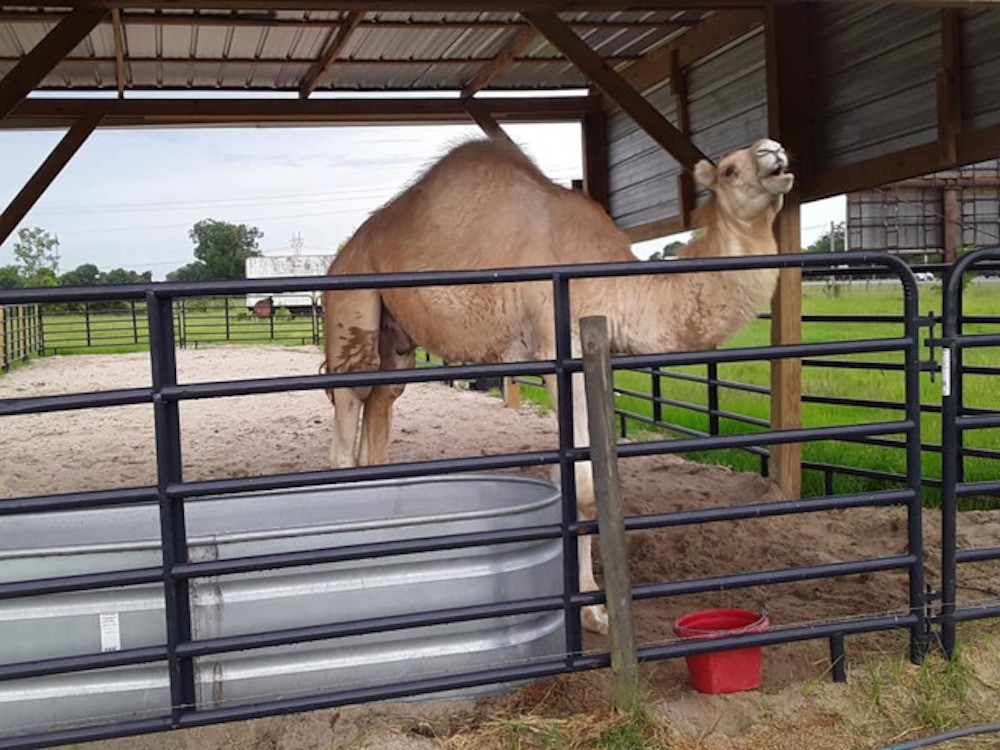“Perhaps skeptics of this project had been correct all along. During our earlier planning and
correspondence, Raoul du Toit, a Zimbabwean monitoring black rhinos in his
country, had written, ‘What we don’t need are more Americans bumbling around in
the bush.’”
African elephants may have taken center stage at
last week’s
CITES Conference of Parties in Switzerland, but there was plenty of room left
on the sidelines for drama concerning Africa’s second largest land mammals, the
rhinos.
Proposals to loosen restrictions
on the trade of rhino horn, with the hope that the funds generated could be
used to support conservation efforts, were defeated.
This mirrored the debates swirling around
elephants and their ivory.
The main
difference between an elephant’s rusk and a rhino’s horn is that, in the latter
case, it’s possible to relatively easily separate the two and leave the animal
unharmed.
Decades earlier, some African
governments decided to put that theory into practice.
In Horn of Darkness:
Rhinos on the Edge, American wildlife biologists Carol Cunningham and Joel
Berger recount their journeys through the newly-independent nation of Namibia
in pursuit of the endangered black rhinoceros.
The Namibian government was conducting its controversial new plan to save
rhinos by removing their horns and, the theory went, thereby removing the
incentive for poachers to kill them. I
hope it won’t be too big of a spoiler, but that fact that rhinos are still
highly endangered should serve as an indication that all did not go according
to plan. In their shared narrative,
Cunningham and Berger help explain why.
Horn of Darkness reads
almost like a spin-off on one of my favorite African conservation books,
Cry of the Kalahari.
Both detail husband-wife teams of American
field biologists (in this case further complicated by the presence of their
infant daughter) in a southern African nation, told through alternating
chapters (some by him, some by her), trying to study wildlife in an
inhospitable desert setting while navigating the dangers of the bush and those
of the political arena.
One key
difference is that Mark and Delia Owens focused their conservation studies on
the relatively obscure, unnoticed brown hyena, while Cunningham and Berger were
working with one of the most high-profile endangered species on the
planet.
As they were to learn very quickly, conserving a
mega-herbivore with the financial equivalent of gold or diamonds growing from
the end of its snout is a complicated endeavor.
I can’t say that I was a huge fan of the narrative style –
there were times when I felt like some minor anecdotes were harped on
incessantly, while more interesting topics that could have been discussed in
more debt were brushed by quickly. A lot
of the book is spent regaling the reader with the backroom deals and politics
of conservation in Namibia, to the point where an entire glossary of government
and NGO players is required at the end to help the reader make sense of it all
(I wish I’d noticed it before I got to the end – it would have really
simplified my read).
One feature that I did enjoy was the introduction and
extensive featuring of Archie Gawuseb, the biologists’ guide, tracker, and
friend, who proved to be vital to the success of their research. Archie was a former tracker turned rhino
poacher, and not surprisingly persona non grata through much of Namibia’s
conservation community. Despite their
initial misgivings, Cunningham and Berger found him to be an invaluable member
of their team. Glancing through the list
of publications at the end of the book, I was pleased to see that Archie was
included as a coauthor on some of the scientific papers resulting from this
research.
So much of the conversation about rhinos in Africa
inevitably turns to demonization of the poachers. Poaching of rhinos, elephants, and other
wildlife is an awful crime. In many
cases, however, it’s one that people are forced into by desperation, as Archie
was. The real money is not going to poor
rural Africans who put themselves in danger to harvest horns, and we should be
concentrating our ire on those who are fueling this illegal trade, not the poor
people who are caught up in it. As long
as there is a demand, there will be poaching, with folks like Archie being as
expendable of a commodity on the international market as the bullets that they
use.
As it happens, Cunningham and Berger ended up making
themselves persona non grata as well. It
turns out that the answers they found to certain questions were perhaps not
what the government wanted to hear.
Black rhinos continue to disappear across their range, and the future of
the species in the wild looks grim, though not hopeless yet. Despite all of the hours that scientists like
Berger and Cunningham have spent in the bush, the final solution to this
problem probably isn’t going to come from greater understanding of rhinos. It’s got to come from changing the human
perspective.





/https://public-media.si-cdn.com/filer/1d/99/1d99a3a6-b5aa-452d-9a4a-9c1b5dbf1707/screen_shot_2019-09-17_at_31246_pm.png)




















